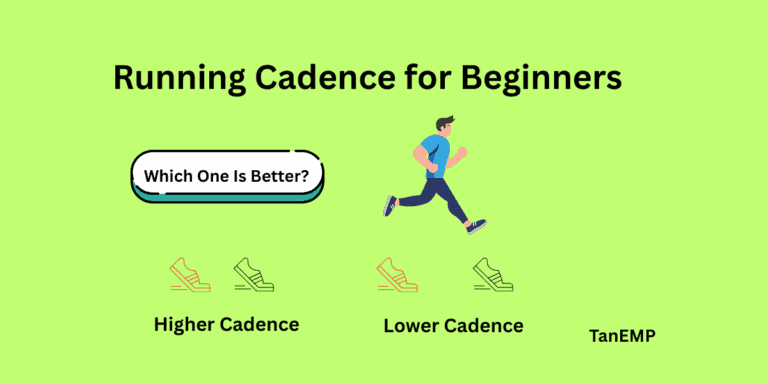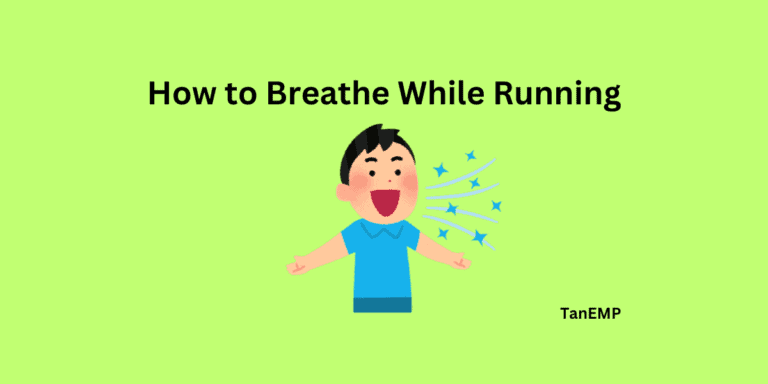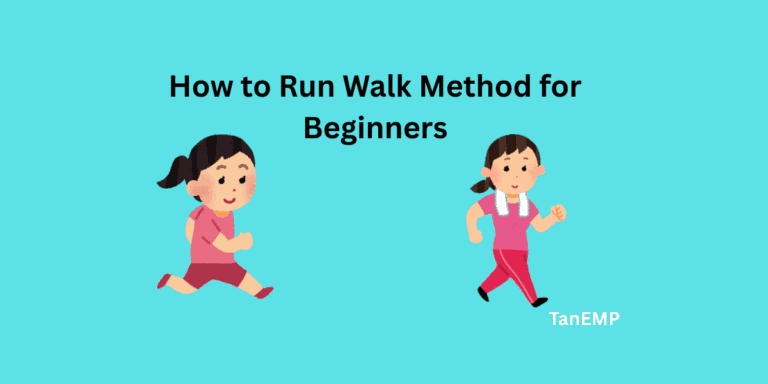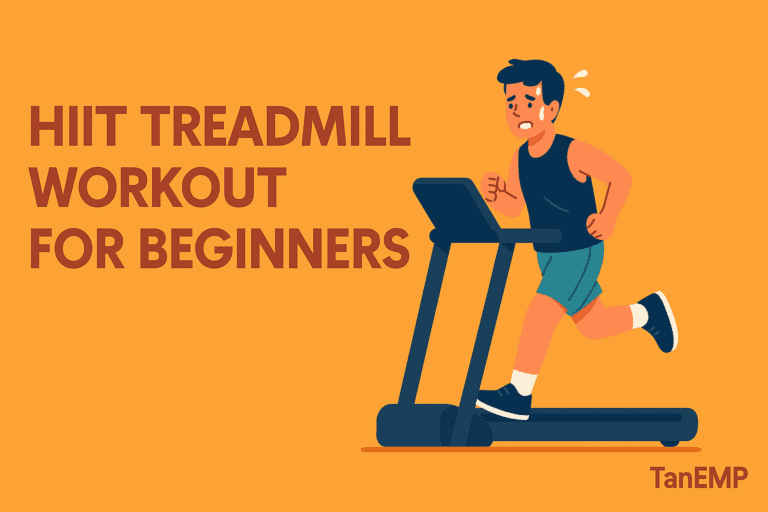Running Pace for Beginners: Find Your Perfect Speed Without Burning Out

Struggling to figure out your running pace?
You’re not alone.
Maybe you’ve already laced up your sneakers and hit the pavement, but now you’re wondering, “Am I going too fast? Too slow? Is this how I’m supposed to feel?”
That early uncertainty is normal.
For beginner runners, one of the trickiest things is finding the right pace — the kind that helps you build fitness without leaving you burnt out, sore, or sidelined.
As a chiropractor, I’ve seen it firsthand: runners eager to improve, but pushing too hard, too soon. And after a few weeks (or months), they’re not getting faster — they’re dealing with tight calves, cranky knees, or worse… a full-on muscle strain.
👉 Here’s how to speed up recovery if that’s already happened.
The good news? You don’t need a fancy GPS watch or elite coaching to run smart.
In this post, you’ll learn what running pace means, how to find your perfect pace, and how to grow from there, one steady run at a time.
✅ Key Takeaway (TL;DR)
- For beginner runners, the best pace is a conversational pace, where you can jog and still talk without gasping
- A good running pace isn’t about speed — it’s about feeling steady and avoiding injury
- Start slow, like a brisk walk or easy jog, then gradually increase your pace each week
- Aim for easy runs at a comfortable pace to improve your aerobic capacity and heart rate control
- Use short training runs to find your right pace — not too fast, not too slow
- Over time, you can adjust for your fitness level, try interval training, or work toward a goal pace
- Most new runners find success by listening to how their body feels, focusing on injury prevention, and avoiding the urge to push too hard too soon
What Is Running Pace? (And Why It Matters)
Running pace is how long it takes you to cover a mile or kilometer, usually expressed in minutes per mile.
So if you’re running at a 12-minute pace, that means it takes you 12 minutes to run one mile. Simple, right?
But pace is more than just a number. It affects:
- Your breathing rhythm
- Your energy levels
- Your injury risk
- And whether running feels fun… or awful
One of the most common beginner mistakes? Starting too fast. You burn out halfway through and think you’re “not built for running.” But the truth is, you just need to find the right pace for your current fitness level.
👉 Your pace also works hand-in-hand with your running cadence — how many steps you take per minute. Learning to manage both can improve your efficiency and reduce injuries.
And if you find yourself gasping for air, check out this guide on how to breathe while running to stay relaxed and steady on the move.
How to Find Your Comfortable Running Pace

If you can talk while jogging, you’re likely running at a conversational pace — and that’s the sweet spot for most beginner runners.
This easy pace helps build your aerobic capacity without overdoing it. If you’re gasping for air or struggling to speak in full sentences, you’re probably running too fast for your current fitness level.
Here’s how to find a pace that works for you:
- Can you breathe through your nose for a few steps?
- Can you speak in short sentences without panting?
- Do your legs feel challenged but not wrecked?
It’s perfectly okay to take walking breaks or stick with a brisk walk in the early stages — that’s exactly how many runners build stamina.
👉 If your goal is to run longer without burning out, learning to pace yourself is the first step.
👉 And if you’re ready to pick up the speed later on, here’s how to run faster and longer safely.
Not quite ready to run the whole way? Try the run-walk method for beginners — it’s a proven way to ease in without injury.
🏃 Common Pace Ranges for Beginners
Pace Range (min/mi) | Description |
|---|---|
15:00–17:00 | Walk-jog pace — very beginner-friendly |
13:00–14:30 | Conversational — easy and sustainable |
11:00–12:30 | Moderate — slightly challenging effort |
So, is 12–15 minutes per mile a good running pace?
Yes. That’s an excellent range for beginner runners building endurance.

Don’t worry about what others are doing — your perfect pace is the one you can maintain without gasping for air or burning out halfway through.
If you’re aiming for your first race, check out this Couch to 5K Plan for Beginners — it’s designed to help you build up gradually without injury.
🎯 Bonus: Pace Goals for 5K and Half Marathon Training
Race | Beginner Pace Goal (min/mi) |
|---|---|
5K | 11:00–13:30 |
Half Marathon | 11:30–14:00 |

These are general pace ranges based on beginner training plans. Don’t feel pressured to hit them right away — use them as future goals when you’ve built a solid running base and can run comfortably 3–4 times per week.
Signs You’re Running at the Right Pace
- You finish feeling tired but not drained
- Your legs are tired, not shot
- You can recover with a short cool-down or walk
- You can repeat that pace in 2–3 days
If you’re constantly crashing, needing long recovery time, or dreading your runs, it may be time to slow down and reset.
Why Many Runners Start Too Fast

It’s a classic rookie move: take off like you’re crossing the finish line… and five minutes later, you’re gasping for air, wondering if someone should bring a stretcher.
We’ve all done it.
New runners often feel like they need to “push hard” to make progress, but running isn’t about going all-out every time. It’s about pacing yourself smartly so you can keep running.
And when your form starts to break down because you’re going too fast? That’s when injuries creep in.
👉 If your form feels off or you’re not sure what proper running posture looks like, check out this guide to proper running form for beginners.
How to Improve Your Pace Over Time
Want to get faster without wrecking your body? Don’t just run harder — run smarter.
Here’s how to improve your pace safely:
- Gradually increase your weekly training volume
- Add strength training for runners — especially your glutes, core, and calves
- Include 1 day/week of interval training (like 30 seconds fast, 90 seconds walk)
- Track your effort using heart rate or perceived exertion
Progress doesn’t come from grinding every session — it comes from adaptation. That means recovery matters too.
👉 Learn more about smart muscle recovery strategies and strength training for runners to help you stay consistent.
👉 And when you’re ready to go the distance, here’s how to run longer without burning out.
Slow, steady improvements always win over boom-and-bust training.
Using Tools to Track and Adjust Your Pace
You don’t need a fancy Garmin to become a better runner, but tracking your pace can help.
Try simple options like:
- Free apps: Strava, Nike Run Club, or MapMyRun
- Treadmill pace readouts (great for consistency)
- Stopwatch + a known distance loop (old school, still effective)
Bonus tip: Track how your body feels, not just the numbers. That’s how real running performance improves — with consistency, not just data.
👉 Want to build endurance with less pressure? Try this HIIT treadmill workout for beginners to mix up your pace with recovery built in.
🏁 Race Pace vs. Easy Pace: What’s the Difference?

- Race pace: The pace you aim to maintain during an event like a 5K or half marathon.
- Easy pace: Your regular, conversational pace — where you do the majority of your training (70–80%).
Training at your easy pace improves aerobic capacity, lowers injury risk, and builds a stronger base over time.
Your race pace comes later — save the hard efforts for specific interval days or race day itself.
Sample Weekly Plan Using Different Paces

Here’s an example for beginner runners (3–4 days/week):
Day | Activity |
|---|---|
Mon | Rest or a brisk walk |
Tue | Easy run at a conversational pace |
Wed | Strength training or rest |
Thu | Interval run (alternate fast/slow) |
Fri | Rest or walk |
Sat | Steady pace run (longer distance) |
Sun | Full rest or an optional walk |
Mixing easy runs, steady pace, and recovery days gives your musculoskeletal system time to adapt without overload.
Final Tips to Stay Consistent

- Don’t compare your pace to seasoned runners
- Use your breath, form, and energy to guide your effort
- Take walk breaks when needed — they’re not a failure
- Focus on maintaining pace, not chasing speed
Your pace will improve naturally as your body adapts — stay patient and keep showing up.
Wrap Up
If you’re gasping for air, drenched in sweat, and too sore to get out of bed the next day, that’s a sign your pace might be a bit too ambitious.
Remember, your perfect running pace isn’t about being fast — it’s about a consistent pace that feels good for your body.
Even experienced runners start slow, especially when coming back from a break. And unless you’re looking for a referral to a chiropractor for plantar fasciitis… It’s fine to ease up.
Go at a pace that lets you finish strong, build confidence, and avoid injury.
Want to build smart habits around your pace? Start with this 5-minute running warm-up routine to prep your body before every run.
With time (and smart training plans), you’ll naturally get faster — but only if you don’t burn out first.
Go slow. Go steady. And most importantly… go again next week.
Disclaimer: This article is based on my experience as a licensed chiropractor and recreational runner. The information provided is for educational and informational purposes only and is not intended to replace medical advice, diagnosis, or treatment. Always consult with your healthcare provider before beginning a new exercise program, especially if you have pain, injuries, or medical concerns.
❓ FAQs: Running Pace for Beginners
What is a good running pace for beginners?
A pace between 12 to 15 minutes per mile is common and valid for new runners. If you can run without gasping, it’s a good pace.
Is a 15-minute mile too slow?
Not at all. It’s a common starting point. Many beginners start with run-walk intervals or brisk walks and build from there.
Should I try to run faster every week?
No. Focus on consistency and gradually increasing distance or frequency first. Speed comes later.
What’s more important — pace or distance?
In the beginning, consistency and distance matter more than pace. You’re building a habit, not chasing a finish line yet.
How do I know I’m ready to run faster?
When your easy runs feel truly easy and recovery is fast, you can experiment with intervals or a slightly faster pace once a week.





